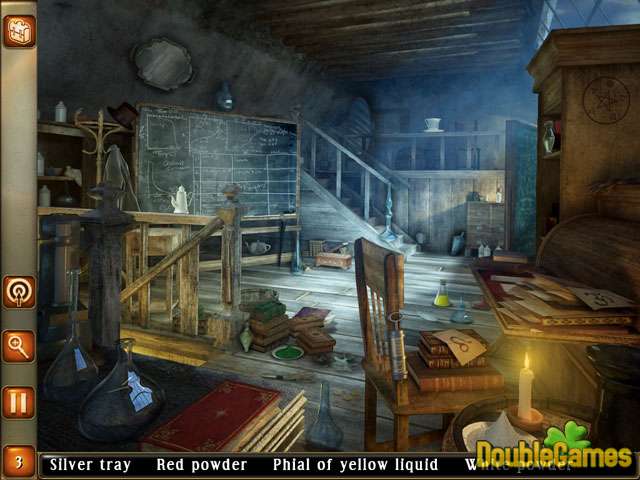
I argue that this decentering of authorship becomes the primary concern of Stevenson’s fiction, progressively explored through the development of the split self from early works such as (the collaboratively written) Deacon Brodie (first printed 1880 and performed in 1882) and “The Body-Snatcher” (1884) up through his masterpiece Strange Case of Dr. Part of this struggle is his frequent disavowal of his own authority, and for the purposes of this paper I’m going to focus on the shift of control from what he calls his “ego” to his dreaming self. In fact, his practice was just as often collaborative, and his discussions of his creative process decentering. Though Stevenson’s “brand” was, during the late-nineteenth century, inseparable from his personal fame, his writing practice did not support the stereotype of the famous author working alone.

But my research finds Stevenson consistently struggling with control over his own works. Stevenson’s magnetic personality and adventurous life has so strongly influenced his reception that his fame and name recognition have sometimes led to a “great man” sort of literary criticism. The frequent doubling that we see in Stevenson’s work extends also to his theories of authorship. And third, that the accustomed treatment of Jekyll and Hyde as a story of dualism and polarities: good/evil, rational/irrational, civilized/primitive, does not do justice to the nuance and complexity of Stevenson’s thinking about the complexities of the self.

Second, that this notion of the divided self is inextricable from the writing process, and the identity of the author specifically. I contend that these dreams reveal three things: First, that Stevenson’s fixation on the self divided is a recurrent obsession, both in his craft and in his personal life. The next two dreams come from the letter to Myers. The first is from “A Chapter on Dreams,” which includes in it an account of the creation of the Strange Case of Dr Jekyll and Mr Hyde.


This paper will discuss three separate dreams Stevenson describes. In one fever dream, Stevenson invents a nonsense word, to be “compare…with the nonsense words of Lewis Carroll.” In this letter as well as in his 1888 essay “A Chapter on Dreams” he expounds a theory of authorship in which his creative projects are produced not by him, but by a shadowy character he calls “ the other fellow ,” for whom Stevenson himself acts only as an amanuensis. Myers published Stevenson’s accounts in the society newsletter. Myers, founder of the Society for Psychical Research, of which Stevenson was a member, describing a series of dreams and out-of-body experiences that he believed to be “of a high psychological interest” (331). In 1892, Robert Louis Stevenson wrote to F.W.H.


 0 kommentar(er)
0 kommentar(er)
